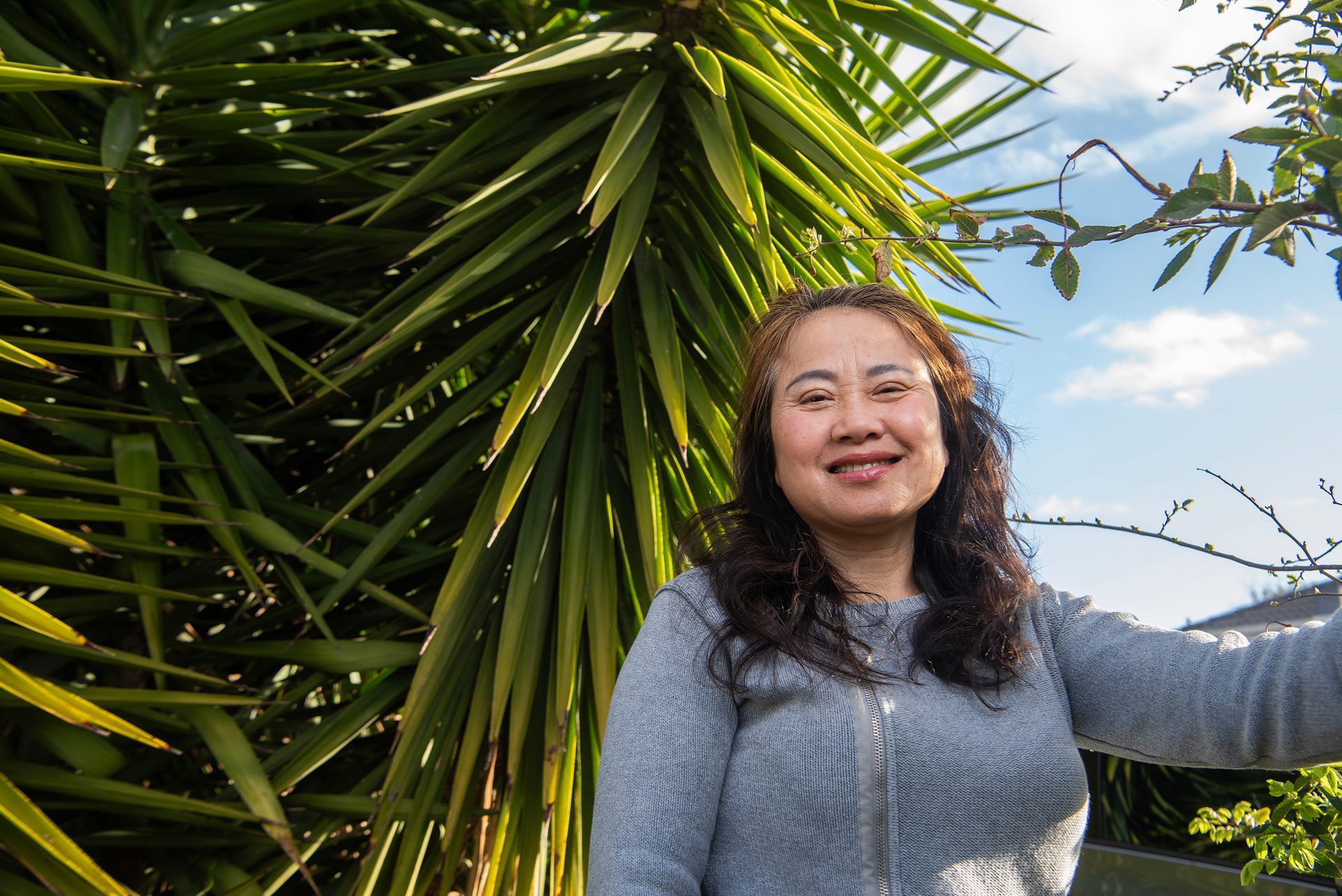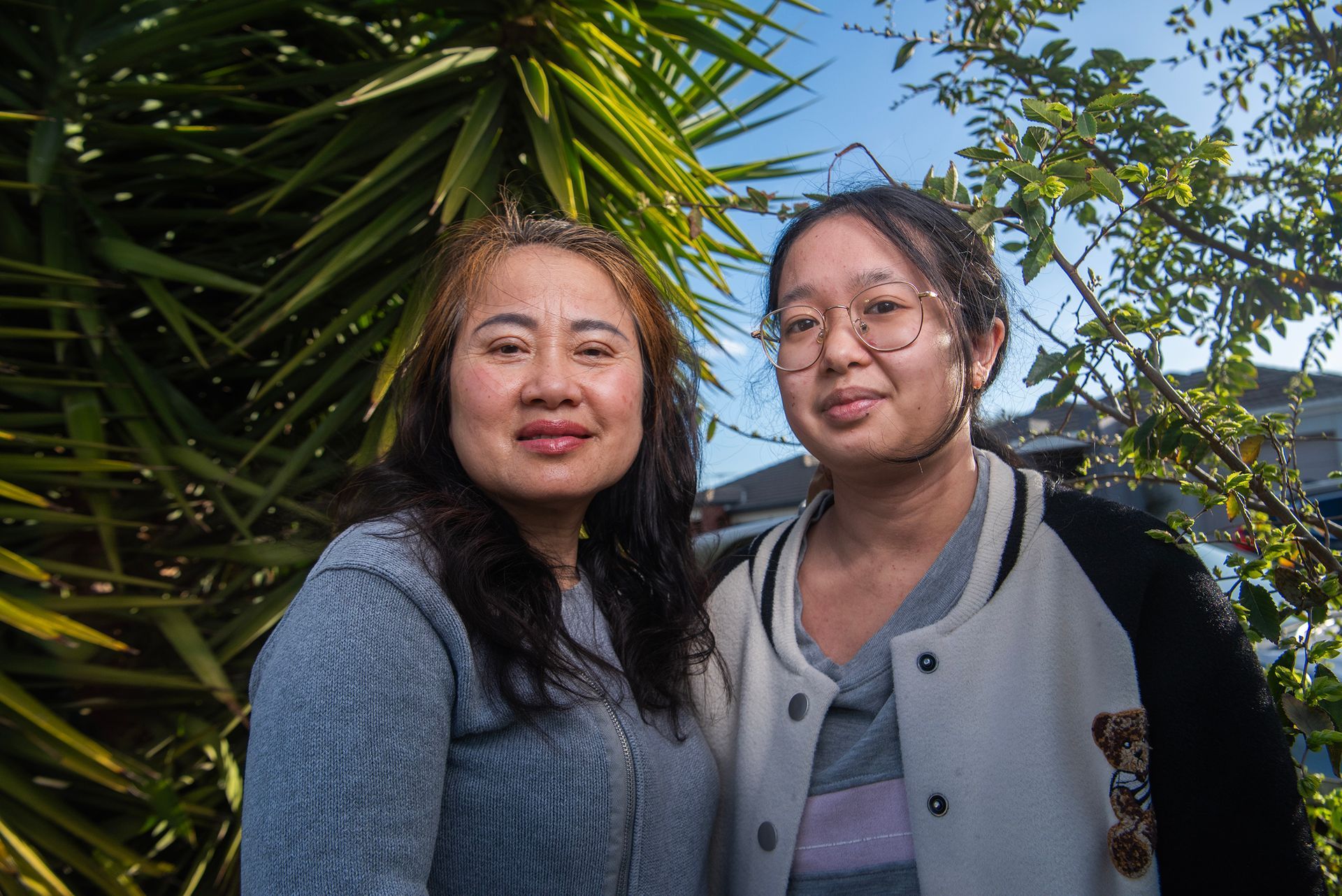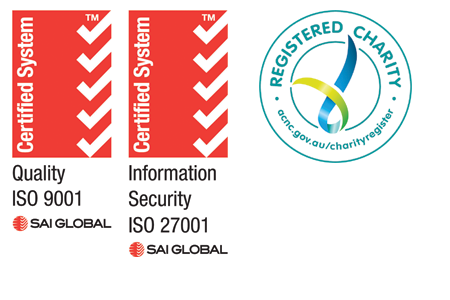It takes a village to care for a child with asthma
By Mary-Anne Toy
Asthma is one of the most common reasons that children need to see a doctor, miss school or are admitted to hospital.
For Soa Dang and Anna-Marie, both mothers of children with asthma, being part of the Improving Childhood Asthma Management (ICAM) community of practice helps their families and wider networks.
The community of practice (CoP) focuses on workforce development, aimed at improving care for children in the west. It was established and run by North Western Melbourne Health Primary Health Network (NWMPHN), working with Safer Care Victoria.
It is part of the Victorian Department of Health’s ICAM project in the inner west of Melbourne, and brings together primary and tertiary health professionals together with parents and carers of children with asthma.
Collectively, they explore better management of the condition in the community, reducing the need for hospitalisations.
Soa Dang’s daughters, Jennifer and Alyssa, have asthma. It is an issue the family has struggled with since the children were diagnosed at the ages of five and four respectively.
Soa says the family has a regular GP, but being on the CoP has expanded her knowledge and confidence in dealing with asthma attacks.
In times past an episode might mean a trip to an emergency department – something increasingly resented by the children – but now they have learnt ways of managing it safely at home.
“They refuse to go to wait for a long, long time but now we don’t need to drag ourselves to emergency,” Soa said.
She was also able to share what she learnt with other Vietnamese parents. She discussed the importance of prevention, using strategies such as keeping carpet as clean as possible, reducing dust, and understanding effects of pollen and passive smoking.

Anna-Marie joined the CoP because of her daughter, Alice.
She said she and Alice’s father now manage their child’s symptoms more effectively and felt empowered to pose the right questions with health professionals.
Anna-Marie said that she was able to share her increased knowledge through her work as a school librarian.
“Not only has this helped my child, but countless other families in our school community and families I work with,” she said.
She remembered one family with limited English who had moved to Melbourne from interstate. She noticed the child coughing. After speaking with them she learnt that their new GP had told them their child was “allergic to Melbourne’s weather”.
“That made me think of the thunderstorm asthma presentation at the CoP where the Department of Health showed the grassland irritants in Melbourne’s west,” she said.
“I spoke with the family (with the help of Google translate) and referred them to the community asthma service for support.’’
Anna-Marie said the ICAM project enabled participants to see things from a broad perspective.
“When we understand the entire picture, we do better,” she said.
“So having the representatives all together, openly sharing resources, knowledge and support is best practice.
“Without the input of all pieces of the puzzle, things will be missed, messages misinterpreted, resulting in sub-par care for some of the most vulnerable in our community.
“Being part of the CoP has been an amazing experience. Seeing such intelligent, diligent and passionate professionals from all of the different disciplines and having them share so freely their research, knowledge, time and resources is truly the highlight.’’




